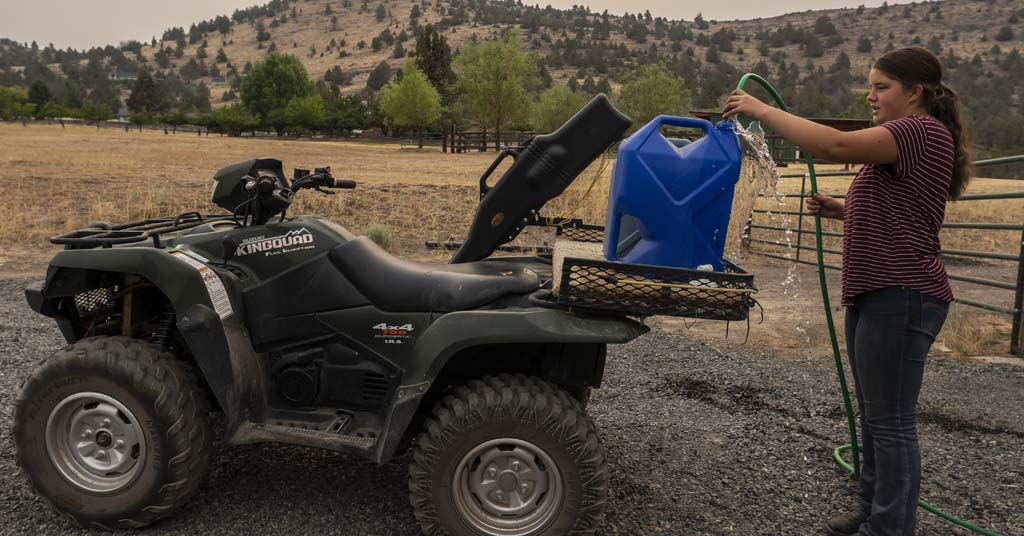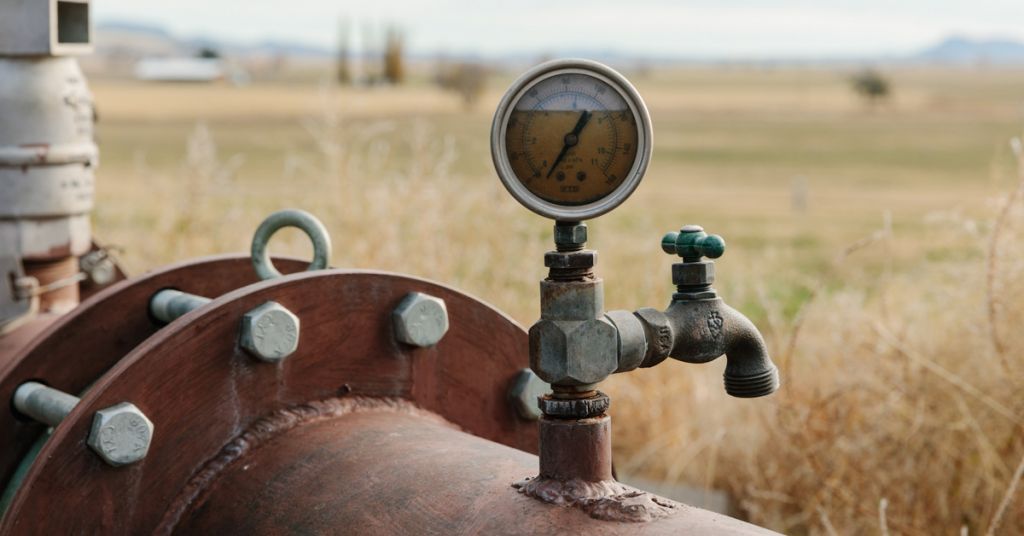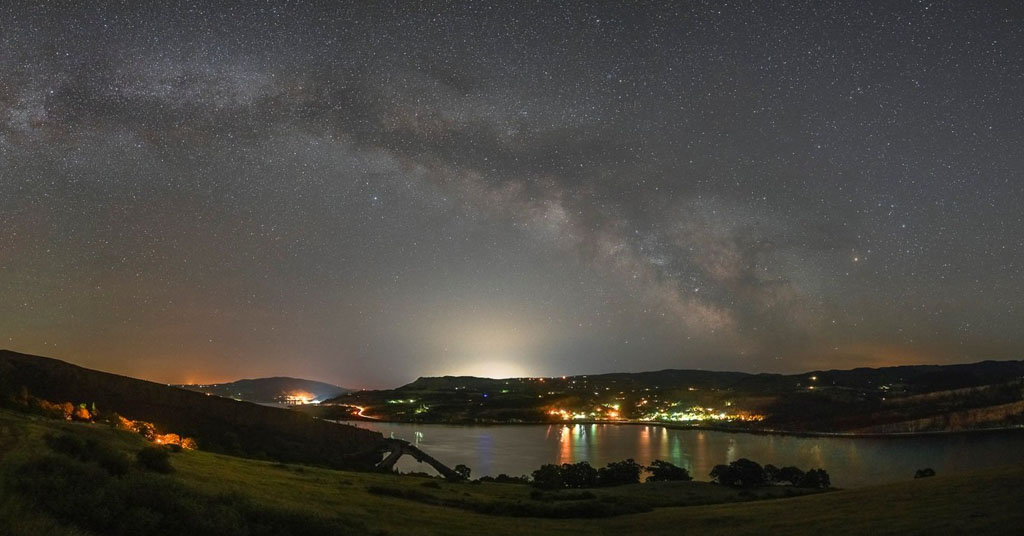Paddle boarding to the very lowest part of the White Salmon River Friday evening, July 17, Margaret Neuman counted about 31 dead and 70 live sockeye. The Executive Director of Mid-Columbia Fisheries Enhancement Group writes: “These are sockeye salmon, presumably headed (or should be headed) to the Okanagan and Wenatchee Rivers on the upper Columbia. Sockeye are not native to the White Salmon and do not spawn here. The assumption is that these fish were/are stressed by high temperatures in the Columbia River and have moved into the White Salmon to get some relief. Cold water holds more oxygen which is better for cold water species like salmon and trout.”
Washington Dept. of Fish & Wildlife is keeping track of drought-related fish kills, so please share information regarding what you are seeing on the river and in the tributaries to: Thomas Buehrens, WDFD, 360-906-6700 x6851, Thomas.Buehrens@dfw.wa.gov
The summer’s drought in the Columbia River Basin is brutal on salmon, steelhead and sturgeon:
- The Oregon Department of Fish and Wildlife has curtailed fishing hours on most of Oregon’s rivers to avoid additional stress on native fish already suffering from high water temperatures and low stream flows from this year’s drought. One example of that stress — an estimated 109 wild spring chinook salmon in the upper section of the Middle Fork John Day River died last week, apparently due to low river flows and warm temperatures. Columbia Basin Fish and Wildlife News Bulletin. July 17, 2015.
- Columbia River mainstem from Bonneville Dam to Chief Joseph and above yielded devastating adult sturgeon and sockeye mortalities this week. Columbia River conditions are lower, warmer, and clearer than recent five- and ten-year averages. Current outflow at Bonneville Dam is averaging 137 kcfs for July, compared to the recent five-year average for July 1-14 of 287 kcfs. Water temperatures have been above average all year and currently average 74º F for July 1-14, compared to the five-year average of 64º F for this same timeframe. WDFW Drought Status Update for July 17, 2015
- U.S. Fish and Wildlife Service has cleared out the Warm Springs National Fish Hatchery in central Oregon transferring more than 160,000 juvenile spring Chinook and 680 adult fish from to the Little White Salmon Fish Hatchery in the Columbia Gorge. Salmon prefer water temperatures in the 50s becoming stressed and prone to disease in the 60s. Current river temps are exceeding 70 degrees, temperatures usually not seen until late summer at the tail end of the salmon runs. The Oregoninan. July 22, 2015.
- Washington state fishery managers are closing or restricting fishing on more than 30 rivers throughout Washington to help protect fish in areas where drought conditions have reduced flows and increased water temperatures. Columbia Basin Fish and Wildlife News Bulletin. July 17, 2015.
- Fisheries managers began trapping endangered Snake River sockeye salmon from Lower Granite Dam Monday and transporting the fish to Eagle Hatchery in Idaho as river managers struggled to keep the river cool. As of Wednesday this week, just five fish had been captured and transported. Columbia Basin Fish and Wildlife News Bulletin. July 17, 2015.
- As many as 80 large, broodstock-sized sturgeon were found dead this week in the Columbia River upstream of Bonneville Dam, triggering a complete closure of fishing for what some are calling “valuable, almost irreplaceable fish.” Preliminary investigations point to warmer than average water temperatures as the cause of the die-off, prompting the two-state Columbia River Compact to close the river to recreational sturgeon fishing until further notice, effective Saturday, July 18 — an action that was unanimously supported by biologists and river guides alike. Columbia Basin Fish and Wildlife News Bulletin. July 17, 2015.












I have a friend who spends about a month at the coast salmon fishing every year. This year the salmon are so far off the shore that they caught only one salmon. She reported that they are about 15 miles from land and they do not venture farther than 5 miles from terrafirma. Tough year for the salmon all around.
Kudos to a woman who counts dead fish as she paddle boards!
Yes! And it will not help IF Nestle is allowed to bottle 100 million gallons per year of Oregons COLD PURE water that will NOT go to the hatchery or down river to people and fish there.
Please visit No Nestle in Cascade Locks on facebook for the latest on the fight.
Thank you for your thoughts, Kathy. This is a particularly interesting subject involving the clash of supply and demand. Have you read the article The End of California? by Timothy Egan? It opens a further discussion on the use of water.